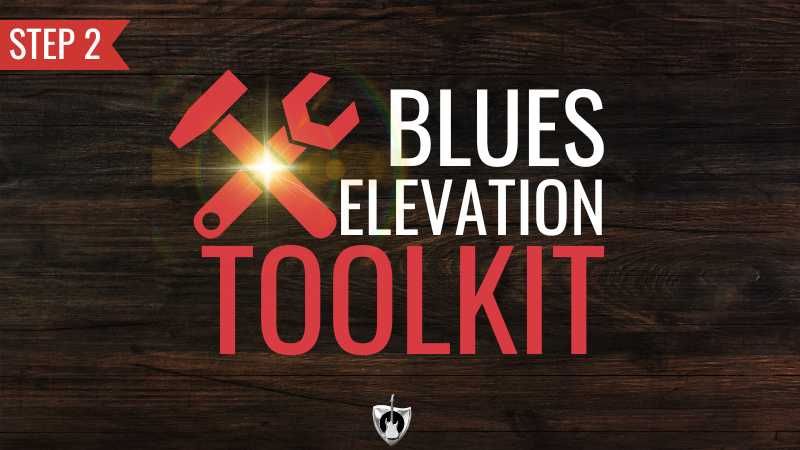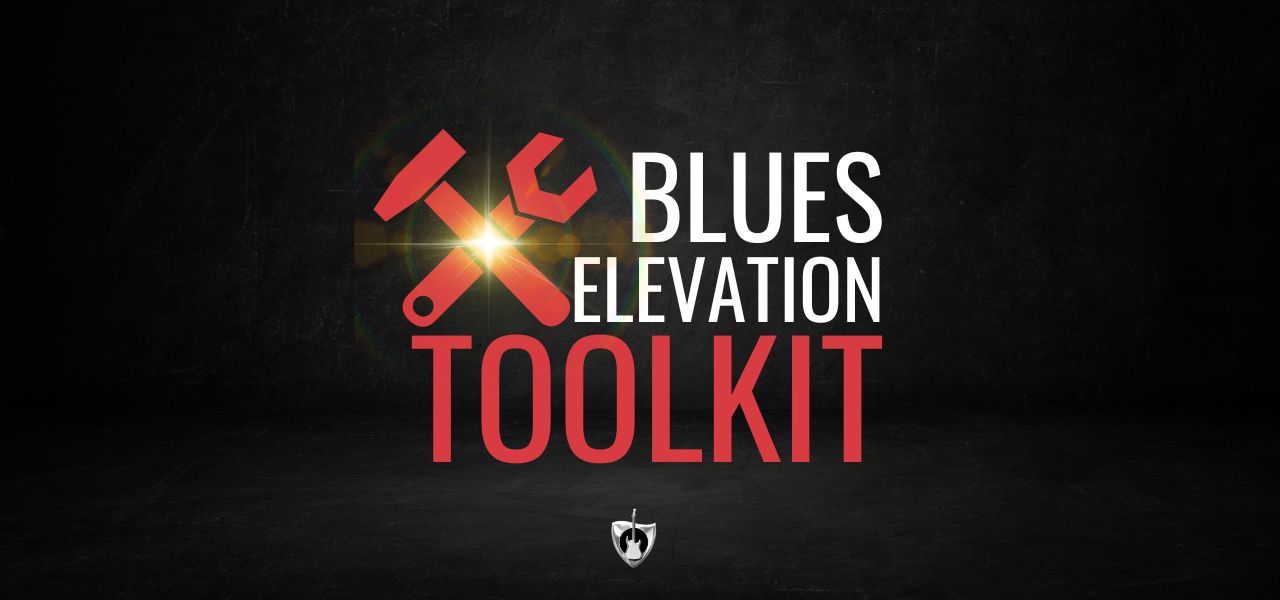Using Delay and Reverb - 133
Delay and reverb are the finishing touches for your guitar tone.
Today, we finish off our tone challenge by understanding what they are and how to use them effectively.
Most of us have used reverb or delay at one time or another for the sole reason of making our tone sound better. You put it on and turn a few knobs and instant coolness. It just works. But, over time, problems start to pop up: Getting lost in the mix, muddy sounding tone, out of time delay.
By really understanding what delay and reverb are and are supposed to be doing, we can use them strategically to get great results. In this podcast, I'm first going to give an overview of putting your tone in a space. Then I'll focus solely on reverb and delay in their own sections.
Putting your playing in a space
Why would you use reverb or delay? What is it's function?
I do know that we automatically reach for reverb or delay because we feel something is lacking in our tone. It just may not sound right and you may not be sure why. But when you hear it, you know that's what's missing. It sounds bigger. It sounds open, it sounds natural, it sounds comfortable. Why does that happen. Because when we turn these effects on, it artificially puts our playing in a space.
Reverb and Delay deal with reflections from hard surfaces. We all know how our voice sounds in a big warehouse or hall. It's a pleasing sound to us. Our original sound goes out and comes back to our ears reflecting off of the walls, floor, and ceiling of whatever space we are in. The sound you hear gives a feeling of DEPTH. So much of music is about what and when you play, but we never worry about where.
So, Taking the approach that you are taking your core tone and putting it in somewhere, as opposed to thinking that you are adding something to your tone, gets you started off in the right direction.
Both reverb and delay tell the ear where your tone is
Where I'm sitting right now, in this room, has an effect on my voice. I have a wall very close to me to my left. In front of me the wall is about 10 feet away. The wall to my right is about 20 feet away and the wall behind me is very close. If I was to back up off of the mic you would be able to hear that. The farther away I am from the mic, your ears, the more you can hear the room. The closer I am to the mic the less you hear the room. It gives your ears the sense of being very close (on the mic) or very far away ( away from the mic) You can tell without thinking about it.
This is exactly the same way we think about other sounds (like our guitar) as well. If you don't have any reverb or delay in your tone, it gives the perception that you are playing very close to the ear, and if you have a lot, you feel that the guitar is farther away in the space.
So, just thinking about where you would like your guitar to be in a certain space, and how close you would like your guitar to be to the listener (microphone) is the first step to getting a handle on these super powerful tools.
At home vs. on stage
So let's bring this into the real world. You've got your first gigable amp that's powerful enough to play with a band. Very exciting. You spend time at home working on getting the settings just right. To make it sound like it's in a bigger space than your room, you crank up the reverb. There it is! Now it sounds like I'm playing on a big stage. Very nice.
Once you get everything perfect, it's time to go to the gig. You set up, crank up the amp to levels that will compete with the drummer, and you start to play. What do you think happens? Well if you kept all of your settings the same, most likely you will be playing with too much reverb. Why, because now you actually are in a big room with your loud amp sounds bouncing all around the stage and hall.
With this natural reverb and your added artificial reverb playing together something happens, you get lost. You are swimming in a sea of reflections and the rest of the band overpowers you, even if you have plenty of volume. They will sound closer to the audience than you do, even if you are actually physically closer to them.
The point of this is that getting a natural sounding tone that is well placed is dependent on many different things that just the settings on your amp. Your ears are always the best gauge for your reverb and delay settings and these settings always change when you are playing in a new place.
So let's focus on Reverb first.
Reverb is the sound of your echo across the many hard surfaces of the environment you are in. The first encounter that most of us have with reverb is the single knob on your amplifier. Turn it up you get more, turn it down, you get less. That's it. But there is a lot more to reverb than that. In many reverb processors, you can choose the room that you are "in".
To simulate a real space you will see presets for Room, chamber, Hall, and cathedral among other names. Room is just what you would think it would be. A chamber is usually a very reflective room. Hall is a very big space and Cathedral is a very reflective very big space.
You will also see presets for plate which is a type of artificial reverb that uses a large metal plate. It gives a bright and smooth sound. You will also see presets for spring which is what fender amps typically use. The signal is run through several springs and it gives a sense of space with a bit of boing added in.
We can typically set the level of the reverb, how long the reverb lasts, and the brightness of the reverb. This gives you control of how close you are (level), how big the room is (decay) and some separation from the reverb ( brightness).
Some words you hear said when talking about reverb is dry vs wet.
When a tone is said to be dry, that would be no reverb at all. Also can be said to be in your face.
When you have too much reverb it can be said to be wet.
Delay
What makes delay different than reverb. Delay deals more with the first reflection than the whole room. The slap back.
When you drop a book in a hallway what do you hear first. You hear that sound right back at you, and loud. When you hear just delay on a guitar, you get an immediate sense of space, but also volume. When you have delay with very little reverb, it draws attention.
These strong delays are heard on vocals and lead guitar but could be used for anything if it makes sense.
How can you adjust delay?
You can usually adjust the level of the delay,which tells you how close or far away you are
You can adjust the time it takes to hear the delay, which shows how big the room is that you are in.
You can also show many repetitions you hear of that first reflection which shows how reflective the room is.
One last thing that was a question this past weekend, What is the difference between a Delay pedal and an Echo pedal
The music industry has a history of playing fast and loose with their usage of terms. The Fender tremolo vs. vibrato mix-up comes to mind.
Echo and delay were once interchangeable. But recently, it seems that echo is defined as mainly a delay with a bit of ambiance.
Don't forget to join the Facebook group: playguitargroup.com and see and discuss all about the summer guitar tone challenge.
GET FREE WEEKLY GUITAR LESSONS, PODCASTS, AND MOTIVATION DELIVERED TO YOUR INBOX.
Your information is kept safe. It's never shared with third parties.




